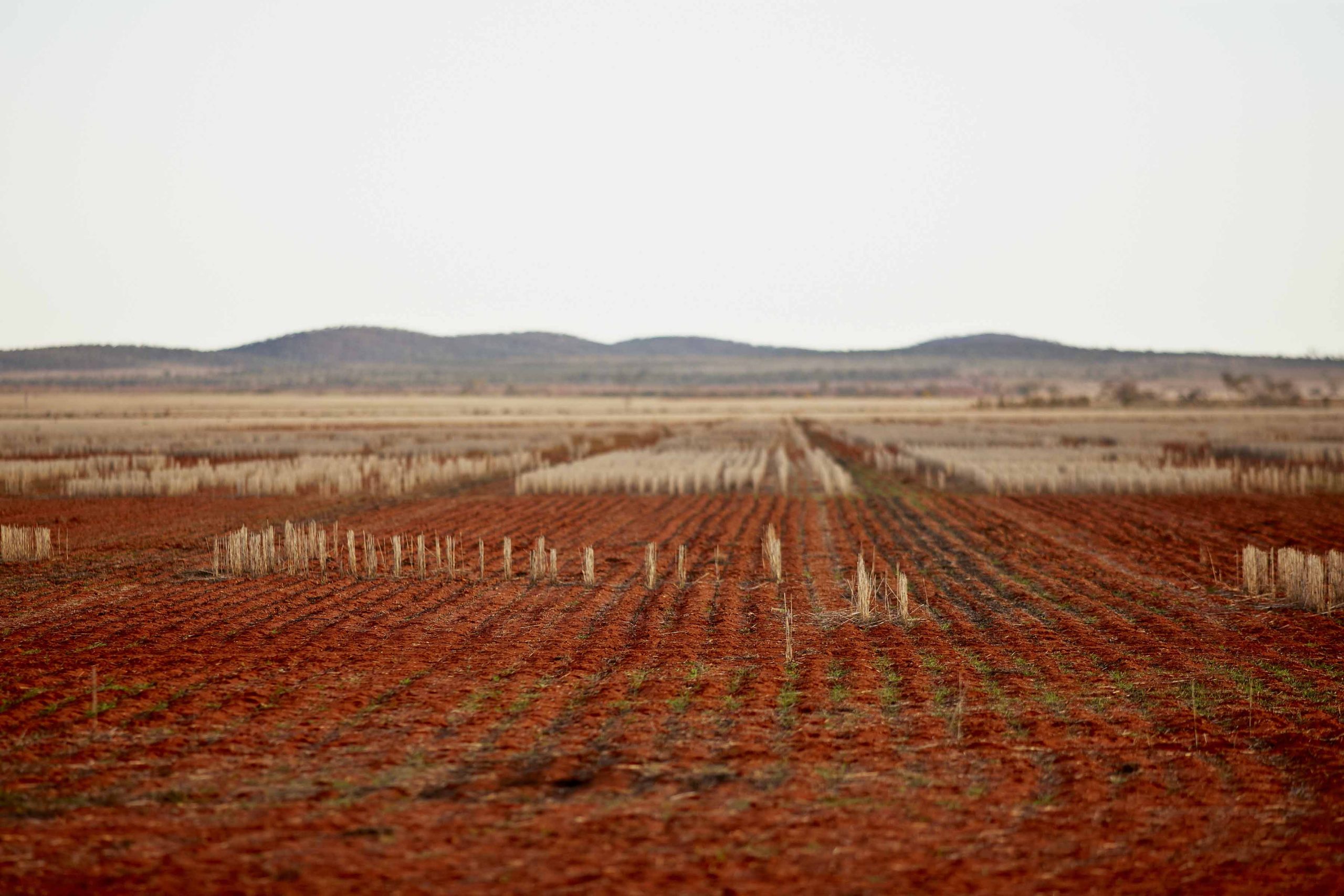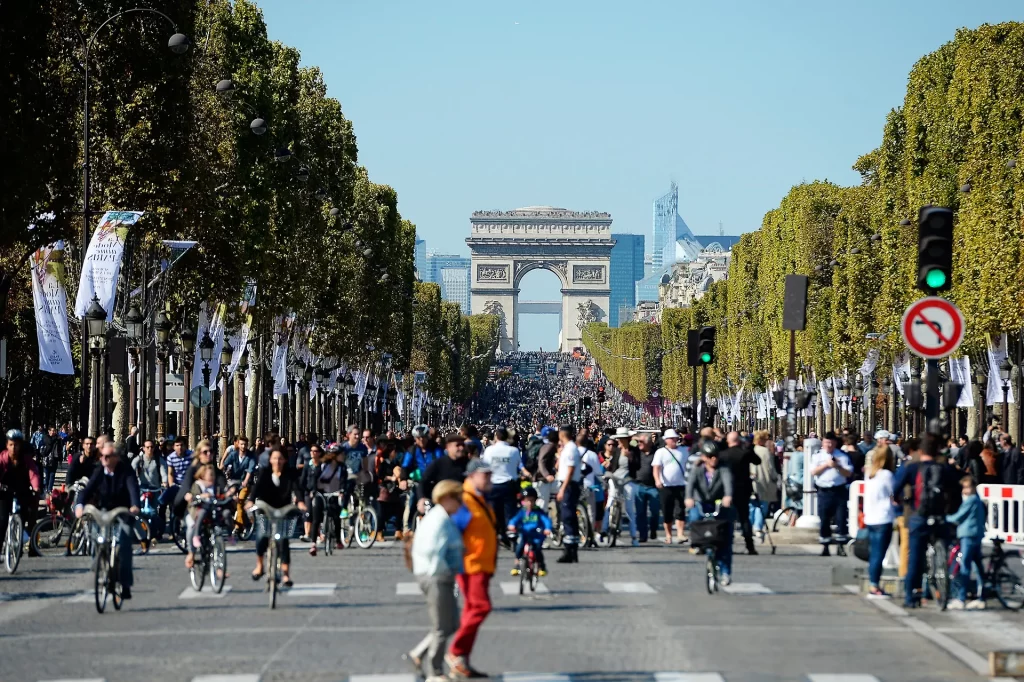Australia slow to embrace car-free day
Renee McMahon
DateSeptember 2022

Today is World Car-Free Day, a time of year when cities worldwide give up their cars for just one day. In France, this annual event is marked by thousands of Parisians flooding the Champs-Élysées; the city’s streets are blocked to cars and are only open to people walking and cycling. Many other towns throughout Europe showcase their commitment to clean and sustainable urban transport during #MobilityWeek.
Transport is the largest and most rapidly increasing source of greenhouse gas emissions and therefore the biggest contributor to the climate crisis. This Car-Free Day is an opportunity to highlight how cities should be better designed for sustainable living to encourage the reduction of GHG emissions, putting the health of our people and the environment first.
Australian cities haven’t seen the large-scale
car-free events held in other parts of the world, and we are left pondering – why not?
According to the 2021 State of the Environment Report, air pollution from motor vehicles and industrial sources was significantly reduced after Australia logged its first coronavirus case, sending large parts of the country into lockdown in March 2020. While this is a positive outcome of the pandemic, it was short-lived, with borders subsequently reopening.
Australia has an increasing population with growing demands for motor vehicles and housing in urban areas. The bushfires of 2019 – 20 were some of the worst on record, spanning states and blanketing towns in dense smoke. This year, the Bureau of Meteorology (BOM) has confirmed that La Nina will officially return for the third year; this means we can expect an above-average rainfall for Northern and Eastern Australia. With catchments already wet from the past few years of rain, flooding cannot be ruled out this summer.
The climate crisis continues to seriously affect the Australian climate, and we have just recently seen action taken by some Australian State governments to combat air pollution. In July this year, the ACT announced that the sale of fossil fuel cars would be banned from 2035. The territory is the first jurisdiction in Australia to mandate that all cars must be zero-emissions models, thereby overhauling the registration system to charge motorists based on the emissions they produce rather than the weight of their vehicle. The ACT has set an ambitious target with 80-90 per cent of new light vehicle sales being zero-emissions vehicles (ZEVs) by 2030, outlining plans to phase out light internal combustion engine vehicles from 2035.
At Carbon Neutral, we agree that this is an encouraging step for the ACT, but a united legislative approach is required to drive broader change in societal behaviours and awareness. When the first “journée sans voiture” (day without a car) in Paris, France, was held in 2015, it was found to reduce exhaust emissions by approximately 40 per cent – imagine the impact if all cities adopted Car-Free Day.

The benefits of Car-Free Day are clear and simple for all to see, and the reduction of air pollution remains the best method of preserving health and helping reduce the impact of the climate crisis.
Today is a National Public Holiday in Australia, and we expect emissions to be lower than the daily workday average. So, on this Car-Free Day, we encourage you to leave your car in the garage and cycle, skate or walk instead. Failing that, we can highly recommend that you visit our online products page to purchase trees that will sequester the emissions caused by your vehicle.
Share This